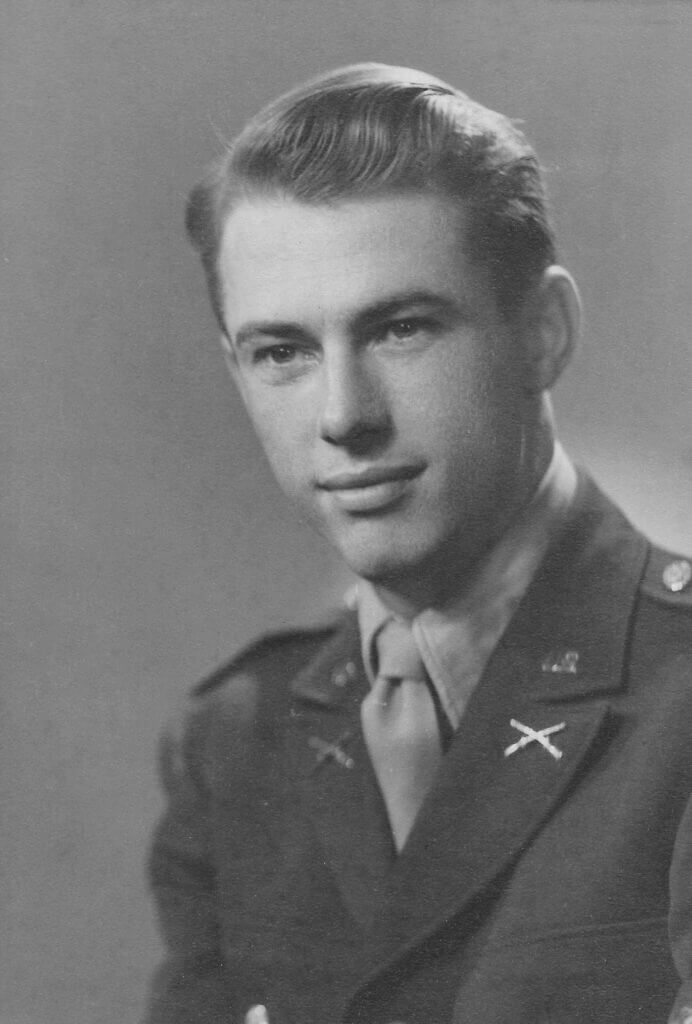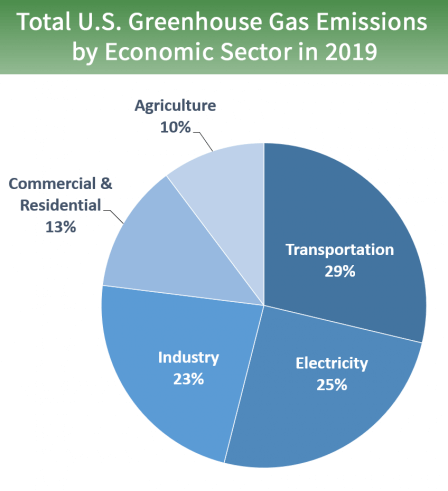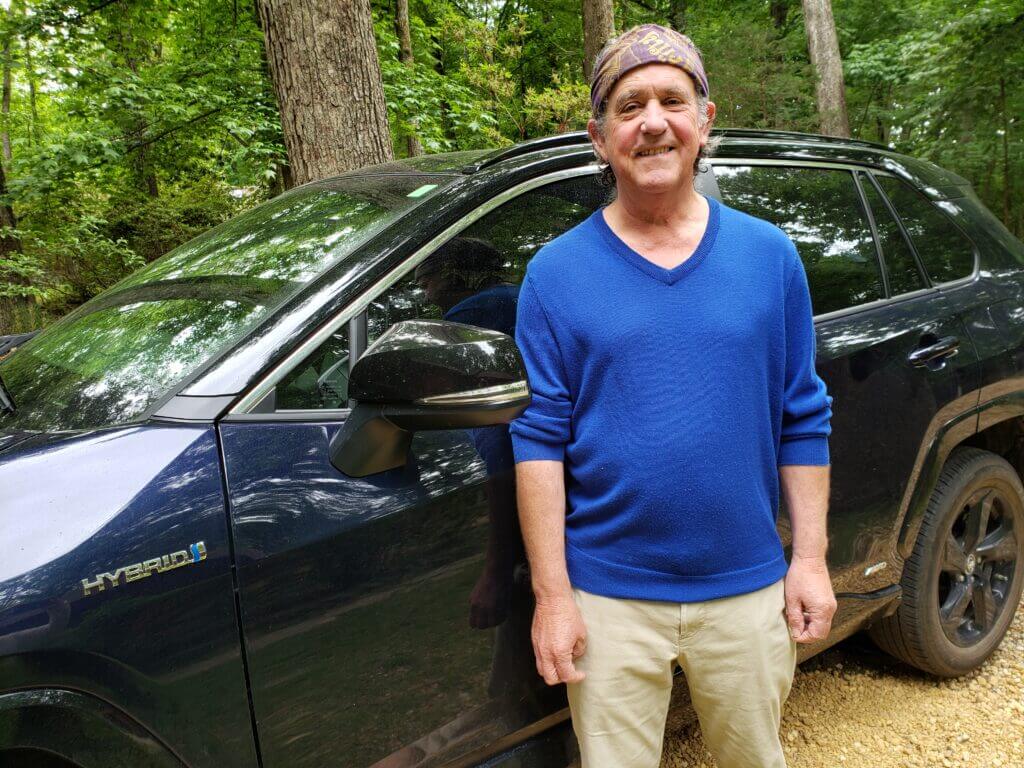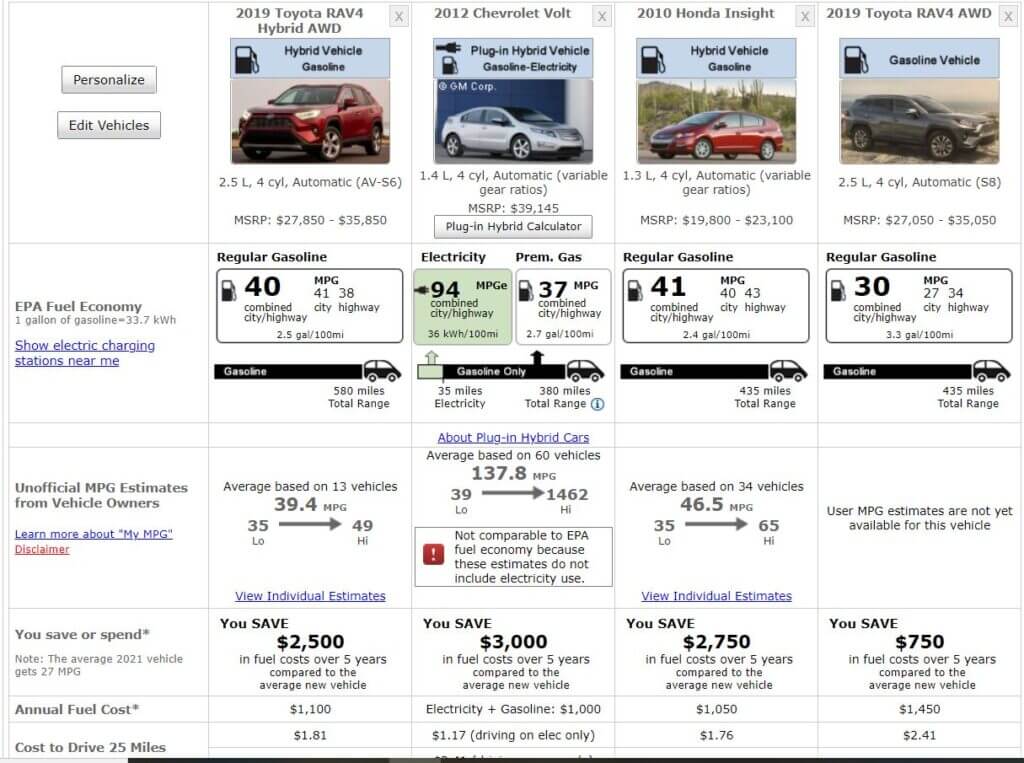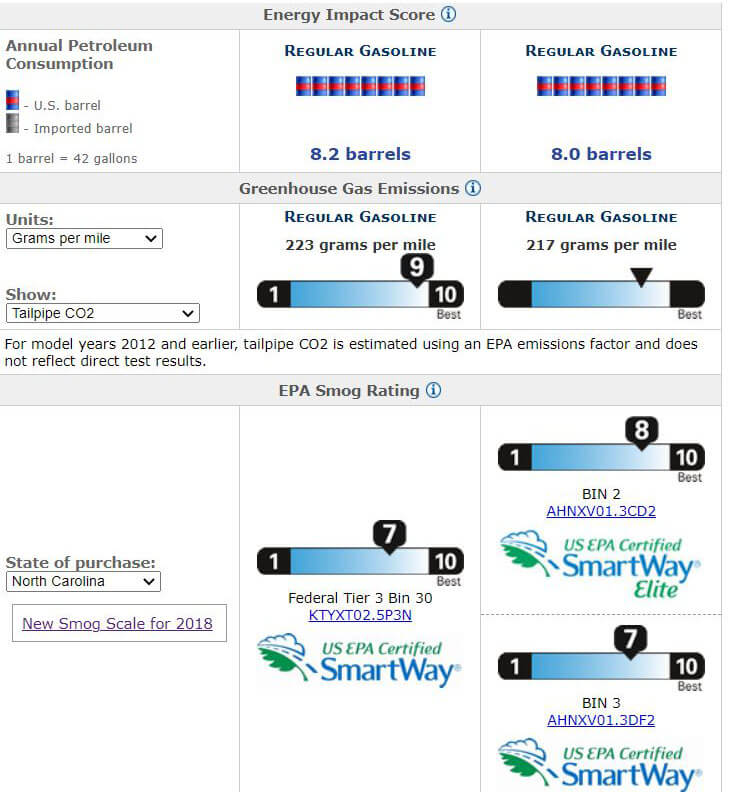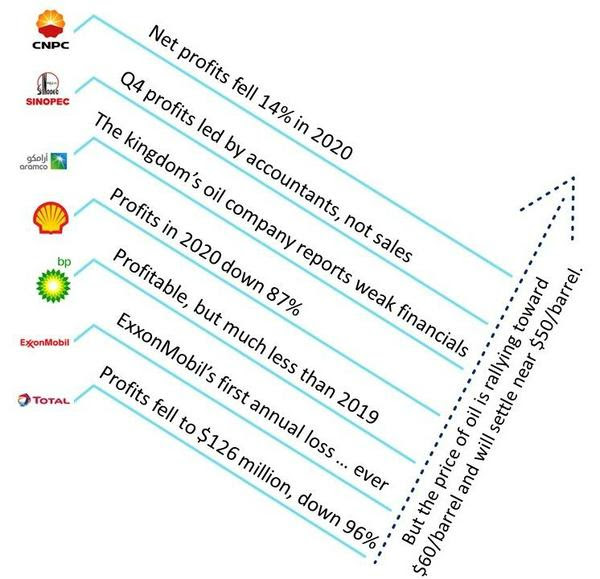Bill and I were on our way home from backpacking through Colombia and Ecuador, an adventure that included hitchhiking through Venezuela. We had the good fortune of getting a cross country ride in a sporty new car from a Seagram’s sales rep, quite a contrast to the other places we had explored via bumpy roads and buses. Venezuela was on a high from its petroleum development. In the coastal town of Guiria we secured passage in a small open air motor boat for a bumpy night crossing of what is aptly called the Boca Del Dragon– the mouth of the dragon. Across the twelve miles of rough water was our destination, Trinidad.
We had been to Trinidad the previous winter, a multi-cultural crossroads of an island largely populated by Anglos, East Indians, and Africans. To add to the mix we met three guys from Sweden in Tobago, the island off the NE top of Trinidad’s boot-shaped land mass, with whom we rented a house for a month. It did not go unnoticed that I was the only woman living with four guys: Haakon (his dad was one of the owners of SAS airlines), Carl-Bengt, Matz, and Bill. That the rent was just $20 also sticks in my mind after 45 years. The small white house was perched on a hill with a spectacular view of the Caribbean. Our days were spent on the white sand beach, then singing together at night. We also rocked out to Jimmy Hendrix’s Electric Ladyland on the beach in an open air metal-roofed disco with a concrete floor. It was a perfect getaway from the winter back home in Norfolk, VA where I had been working as a housepainter for $2.00 an hour.
Our second trip to Trinidad was far briefer. Again we were there to catch the mail boat that plied the Caribbean from Trinidad to Jamaica. Bill and I cooked and slept on the open air deck while our vessel, the Federal Maple, chugged its way to eight formerly British colonies. Our ship would travel all night and then stop for the day providing us the opportunity to explore such tropical islands as St Lucia or Barbados. This time around we were headed to the Island of Dominica to spend the month of May before our return to Jamaica, where Bill and I had met the year before in 1973.
We had heard about the small, lush island of Dominica – where 365 rivers make their way to the Atlantic on one side and the Caribbean on the other. It was a land of immense natural beauty. We planned to spend a month in the tropical paradise while the Mail boat made its island circuit to Jamaica and back. Disembarking onto the wood pier we spotted a couple gringos, such as ourselves, before being shuffled into the Customs House. The weather-worn wood building with open doors and windows was welcoming us.
First stop was the customs work desk where we were asked to open our bags– two worn backpacks. The officer picked up the herb tea on top of Bill’s, curious as to what it was. At that moment I got the feeling that I should slip outside and drop the wee bit of marijuana, hidden in my underwear, into the sea. Caught in the act, instead I was shuffled upstairs and searched by a uniformed woman who found our stash.
The next thing we knew the Custom Officer confiscated both our passports. To our good fortune we were told to come back in three days after the Trididad Carnival, a raucous celebration with colorful costumes and steel band music. The gringos we had seen, Skip and Kathy, were waiting for us, curious about what was going on inside.
Our new friends had heard about a beautiful secluded place about an hour or so from Roseau, Dominica’s capital where a river ran into the sea. We could camp for the weekend. After gathering food supplies we hailed a cab driver who was heading our way. The spot was stunning. Soft silky sand, a calm Caribbean sea on one side, banana and coconut trees galore on the other. As soon as we settled, Skip decided to explore the area. Instead we went swimming and became acquainted with the nearby beauty of where we had landed.
In between dips in the sea we watched some local men shimmy up the tall and slender coconut palms for the green nuts, a sweet refreshing drink. After they departed a young boy of ten years or so shimmied up the tall palms and dropped his butty to the ground below. Before leaving he told us that we should not plan to spend the night there. There were guys that may want to steal from us. While this communication was upsetting, we were caught between a rock and a hard place. After a couple hours Skip was still not back from exploring the area. It wasn’t like we could just leave him a note to where we were going.
After discussion Bill, Kathy & I decided, just in case there was trouble, that we would sleep together in one tent. When Skip returned close to sunset we assured ourselves that there was safety in numbers. Plus there was really no other option as we did not have any way to contact a taxi for a ride. The taxi driver that had brought us here would be coming back for us after the holiday weekend. Thus for our protection, the sleeping line up was Bill & Skip on the outside and us girls on the inside. Bill had a machete if needed. We would be fine!
I comfortably fell asleep to be awakened some hours later by the whoosh of machetes and our own screaming. The tent fell on us and we kept wailing. Thankfully they stopped and as we crawled out onto the ground they were already going through our belongings. As they rummaged through our back packs the four intruders lectured us on how we were rich Americans. We could just buy new things.
Bill’s arm was bleeding profusely. I had been hit with lighter blows to my right eyebrow and leg, about six inches up from my ankle. Kathy had been whacked with a machete across her fingers and was bleeding as well.
The four intruders did not belabor their animosity towards us. They said little more than that they were justified in taking our belongings because we could easily replace our things when we returned home. “Honkie, get off our island,” they admonished. The men left with my flute, a jar of honey, a couple silver rings, and twenty U.S. dollars.
After our assailants departed, we gathered our remaining bags while Skip went out to hail a car for some medical help. To our luck a white citizen driving a VW van stopped. He waited for us as we wrapped Bill in our sleeping bag and he slowly walked on his own to the roadside. My partner started chanting quietly, Shree Ram, Jai Ram, Jai Jai Ram Om, something I had never heard him do before.
The white stranger knew exactly where to take us. It was the middle of the night by this point. To our good luck the doctor manning this rural outpost with five beds was getting ready to leave in the next couple days. The only other medical care, if not for this, was the hospital in Portsmouth, on the other side of the island. Given the extent of his blood loss and wound, Bill was attended to first. The doctor talked while he washed all the gouges. He grimaced while prepping him for stitches, then gave him a small stick wrapped in thick gauze, no anesthetic. The doc told him to bite down hard while he did his work. I could not look. There was no pain killer and lots of grimacing from my mate. His gash was deep and bloody. I was given five stitches in my right eyebrow and the same on my calf. Kathy was stitched and had her hand wrapped with what looked like popsicle sticks and gauze. To say we were in shock is an understatement. It helped to have comforting coincidences. Friends of Bill’s from his home town of Norfolk VA , Bill and Meeta, were also visiting Dominica unbeknownst to us. His old friends had heard that some gringos had been attacked and made their way to the outback clinic .
A couple days later Bill and I were transferred via taxi to the Portsmouth hospital, a few hours from the health center. There we were treated with an outpouring of care and concern. Bill was pretty banged up. The invaders’ machetes attacked below the knee on the shin, while the second most severe chop was on the top back of his head.
The worst was his arm. He was in good hands. The Chief of Surgery had gone to Harvard and beguiled him with stories as he was cleaning and caring for him.
The hospital allowed me to cook our own meals in their kitchen, a comfort for me. I needed to find a way to dissipate my own fear. It was a twenty minute walk on a paved road to the open air market, blue skies, and light breezes of this beautiful place. I forced myself to walk alone on the road to the Portsmouth farmers market to let go of my fear that some men in a truck may stop and kidnap or kill me.
Quite the opposite is what happened. At the market the old women offering calaloo, a spinach type green, plantain, guava, papaya and mangos would not let me pay. I was the only gringo at the market and word had traveled fast about the attack. At first I resisted their generosity and the compliments they would shower on me, especially about my long blond hair. Then I let them nourish me with their generosity and care.
The same started happening at the hospital. Word had gotten out about the attack and nearby residents would line up in our hospital room to give their condolences. An elderly Irish missionary was the most frequent visitor, and she brought some absolutely delicious scones, while others brought their version of callaloo. A widow grandmother brought a bag of her husband’s clothes. One day the U.S. ambassador showed up as did the police. No one had ever seen foreigners subject to this type of violence before. An investigation was underway.
It was getting to be time for the mail boat to make its stop at Roseau for its return to Kingston, Jamaica. Bill Jones and Meeta would sleep on the deck with me. I was comforted having their company. Bill Boykin would be stable enough to fly, the doctors said, in another several weeks. Things were looking up.
We lived at Bill’s parents home for a few months after his return to the states. It was there we were notified by the diplomatic offices in Dominica that they had caught the perpetrators of our attack. The material witnesses were a couple young women from the Virgin Islands who saw the men come into the house they were staying in with our belongings. There was to be a trial to prosecute these men and the government was willing to pay for our trip, both travel and accommodations, to testify. I wanted to go but Bill had absolutely no interest. Skip and Kathy had no interest either.
So that was that. I know it was the times that we lived in. It was a more difficult period for people of color. Times have changed. It certainly has in North Carolina where I have lived for the past twenty five years, My motivation in stirring up such a difficult experience from my past is to recognize how lucky I was to have not lost my life and how wrong it is to judge someone by the color of their skin, what they wear or how much money they may have.
Note: I have been carrying around this story for fifty one years. Thanks for reading it. Let me know what you think.

